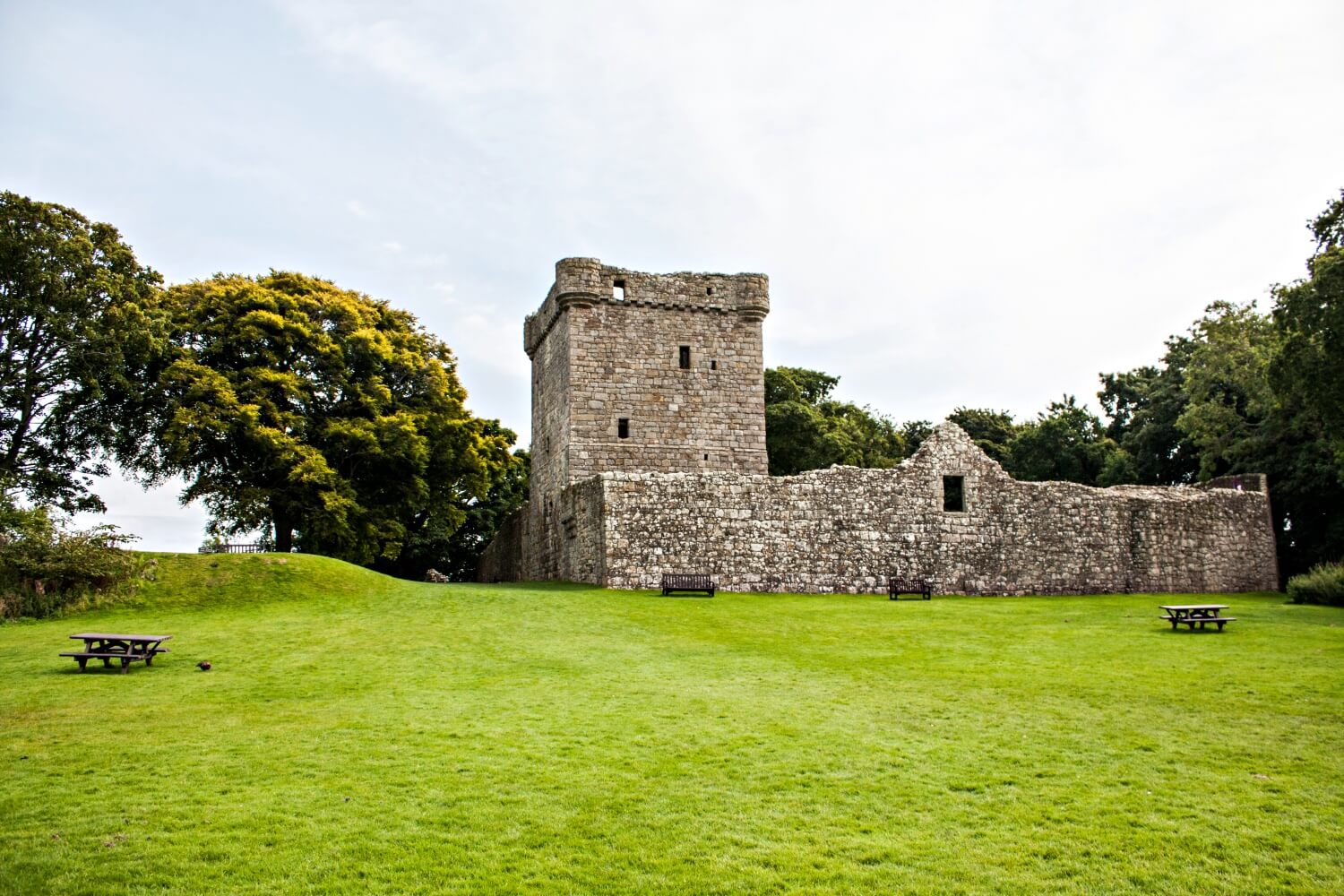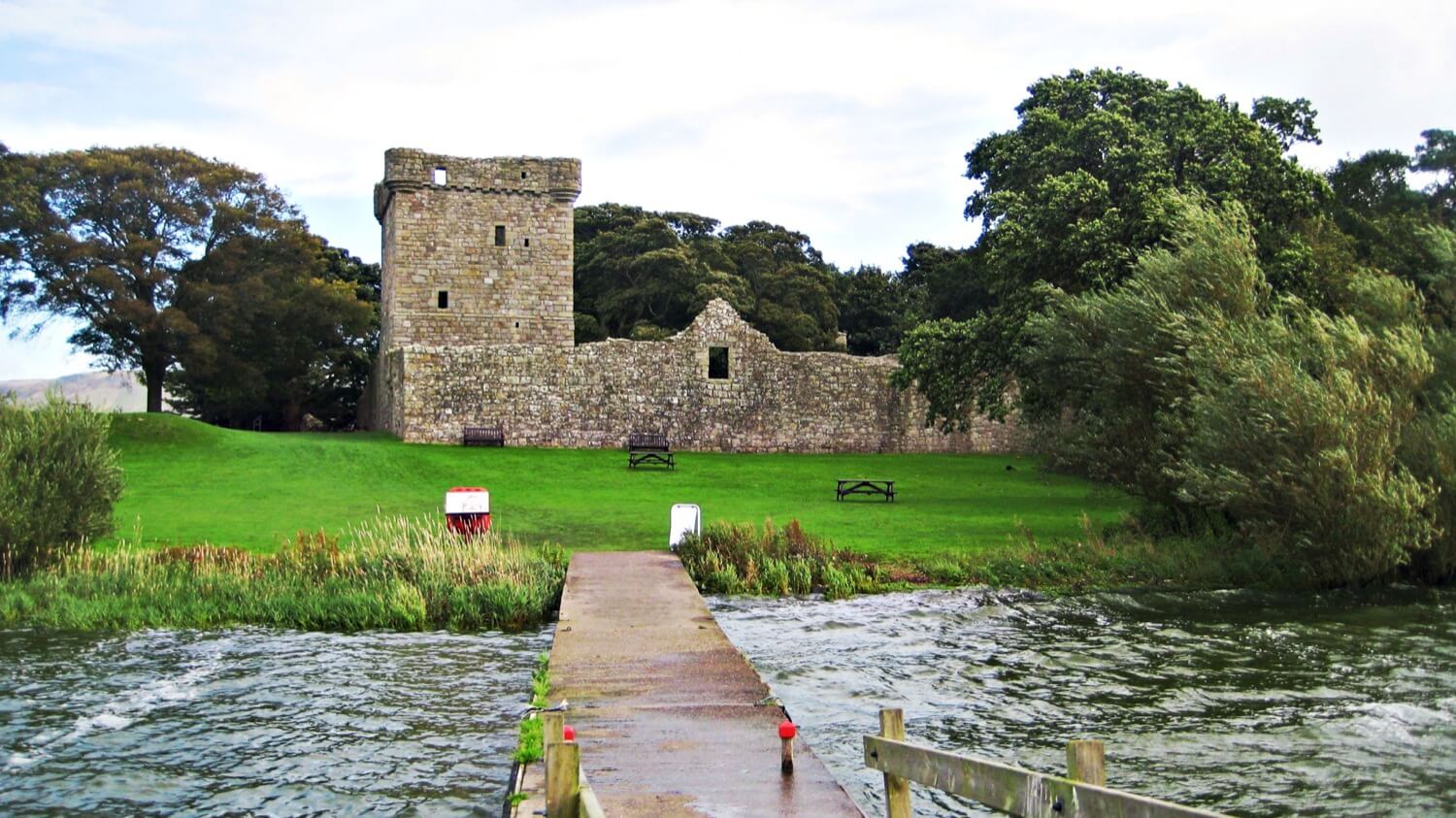Loch Leven Castle
Perth and Kinross Scotland Scotland
castle, chateau
Loch Leven Castle is a ruined castle on an island in Loch Leven, in the Perth and Kinross local authority area of Scotland
Previous names
Loch Leven Castle
Description
Loch Leven Castle is a ruined castle on an island in Loch Leven, in the Perth and Kinross local authority area of Scotland. Possibly built around 1300, the castle was the location of military action during the Wars of Scottish Independence (1296–1357). In the latter part of the 14th century, the castle was granted by his uncle to William Douglas, 1st Earl of Douglas, and remained in Douglases' hands for the next 300 years. Mary, Queen of Scots was imprisoned here in 1567–1568, and forced to abdicate as queen, before escaping with the help of her gaoler's family. In 1588, the Queen's gaoler inherited the title Earl of Morton, and moved away from the castle. It was bought, in 1675, by Sir William Bruce, who used the castle as a focal point in his garden; it was never again used as a residence.
Today, the remains of the castle are protected as a scheduled monument in the care of Historic Scotland. Loch Leven Castle is accessible in summer by the public via a ferry.
Early history
A castle may have been constructed on Castle Island by 1257, when the 16-year-old King Alexander III of Scotland was forcibly brought there by his regents. During the First War of Scottish Independence (1296–1328), the invading English army held the castle, then named Loch Leven Castle, which lies at a strategically important position between the towns of Edinburgh, Stirling and Perth. Parts of the present fortification, the curtain wall, may date from this time and were perhaps built by the occupying English. The castle was captured by the Scots before the end of the 13th century, possibly by the forces of William Wallace.
English forces laid siege to Loch Leven in 1301, but the garrison was relieved in the same year when the siege was broken by Sir John Comyn. King Robert the Bruce (reigned 1306–1329) is known to have visited the castle in 1313 and again in 1323. Following Bruce's death, the English invaded again, and laid siege to Loch Leven Castle in 1335 in support of the pretender Edward Balliol (d. 1364). According to the 14th-century chronicle of John of Fordun, the English attempted to flood the castle by building a dam across the outflow of the loch. The water level rose for a month, until the captain of the English force, Sir John de Stirling, left to attend the festival of Saint Margaret of Scotland. The defenders, under Alan de Vipont, took the opportunity to come out of the castle at night, and damaged the dam, causing it to collapse and flood the English camp. The story has, however, been doubted by later historians.
Loch Leven Castle was strengthened in the 14th or early 15th century, by the addition of the five-storey tower house or keep. According to Historic Scotland, it is of the 14th century, making it one of the oldest tower houses in Scotland which still substantially survives. In 1390 King Robert II (reigned 1371–1390) granted the castle to Sir Henry Douglas, the husband of his niece Marjory. From the 14th century, the castle served as a state prison. Prior to becoming king, Robert II was held here in 1369, as was Archibald Douglas, 5th Earl of Douglas (d. 1439) in the first half of the 15th century. Patrick Graham, Archbishop of St Andrews, died in captivity at the castle in 1478.
The 16th century
Mary, Queen of Scots (reigned 1542–1567) first visited Loch Leven in 1565 as a guest of Sir William Douglas of Lochleven (d. 1606). She held an interview here with the Calvinist preacher John Knox.
Mary returned to Loch Leven as a prisoner, from 17 June 1567 until her escape on 2 May 1568. At the "battle" of Carberry Hill on 15 June, Mary surrendered to her noblemen, who opposed her marriage to the Earl of Bothwell. She was taken to Loch Leven and given into the custody of Sir William Douglas of Lochleven, spending most of her captivity living in the early 16th-century Glassin Tower, at the south-east corner of the castle. Aside from Sir William, the household included his mother Lady Margaret Douglas, mother of Mary's half brother the Earl of Moray, and his brother George Douglas, as well as Willie Douglas, a young orphaned relative. Mary fell ill on arrival due to suspected poisoning, and sometime before 24 July she miscarried twins that she had conceived with Bothwell, who were hastily buried in the grounds. Only a few days later she was forced to abdicate as Queen of Scots, in favour of her infant son James.
Mary recovered during the autumn and winter, and gradually won over George Douglas to her own cause. A contemporary wrote that George was "in fantasy of love wythe hir." Mary had multiple escape attempts at Loch Leven. Once, Mary pretended to be a laundress, while one of her ladies took her place inside the castle. However, as she was leaving the boatman that was taking her across the loch recognized her and took her back. Another attempt was made to escape by scaling the seven-foot wall outside the castle, but another lady-in-waiting injured herself when they were practicing the escape. On the night of the successful escape, Willie Douglas stole the keys and let Mary, dressed as a servant, out of the castle. She was rowed across the lake to where George Douglas awaited her, alongside 200 horsemen, and they fled to Niddry Castle in Lothian. The Castle is one of many in Scotland said to be haunted by Mary's spirit, as it is said she was waiting for her twins to return to her so they would know their loss of life was not her fault. The sadness she felt about their loss, kept her trapped within the castle walls.
The English Earl of Northumberland was also held here, after offending Elizabeth I of England. He was confined at Loch Leven for two years before being sent back to England for execution. In 1588, Sir William Douglas of Lochleven succeeded to the earldom of Morton, as the 6th earl. With the title he inherited other properties, including Aberdour Castle in Fife, and Loch Leven Castle became less frequently used.
Sir William Bruce
From around 1546, Margaret Erskine and her son William Douglas built a house on the shore of the Loch which was known as "Newhouse." The "Newhouse" replaced the island castle as the legal centre of the estate in 1619.
In 1675, the Loch Leven estate was bought from the Douglases by Sir William Bruce (c.1630–1710), royal architect in Scotland. Bruce built nearby Kinross House on the lake shore from 1686, aligning the principal axis of house and garden on the distant castle. The "Newhouse", which was finally demolished in 1723, was just to the north of Bruce's site. Kinross was one of the first buildings in the classical style erected in Scotland. Thereafter Loch Leven Castle was no longer used as a dwelling, but it was preserved by Bruce as a picturesque focus for his gardens.
Recent years
Loch Leven Castle had fallen into ruin by the 18th century, but the ruins were conserved and rubbish removed in 1840. The estate passed from the Bruces to the Graham family in the 18th century and then, in the 19th century, to the Montgomerys, who still occupy Kinross House.
Loch Leven Castle was given in to state care in 1939, and is now managed by Historic Scotland. Today, the castle can be reached by a 12-person ferry operated from Kinross by Historic Scotland during the summer months. The remains of the castle are protected as a Scheduled Ancient Monument.
Useful information
- Adult: £7.50
- Concession: £6.00
Child (aged 5–15): £4.50
Children under <5> FREE
Member/Explorer Pass holder: FREE
- No pets allowed
External links
Nearby castles
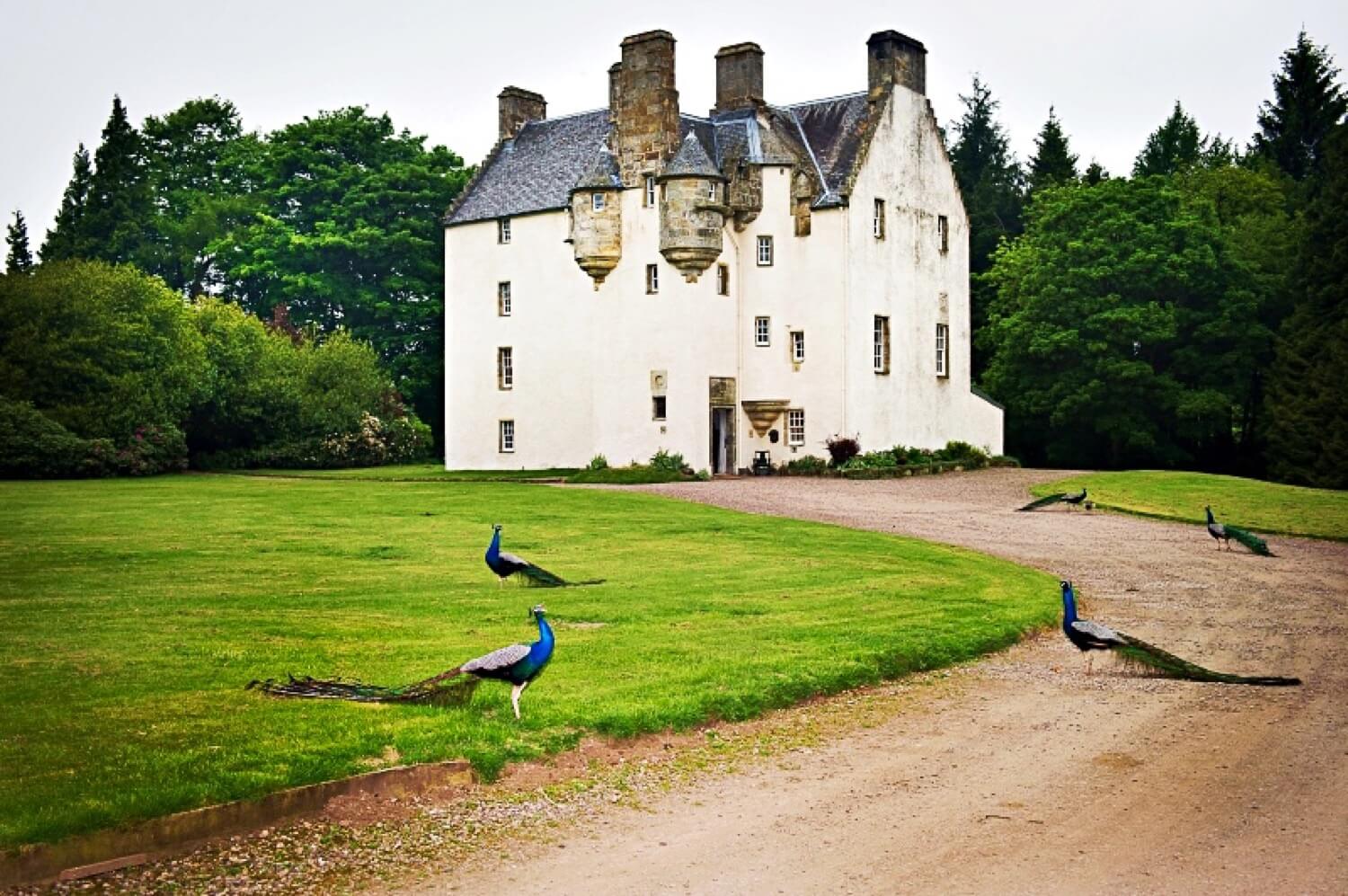
Tullibole Castle
Kinross
8.5km
castle, chateau
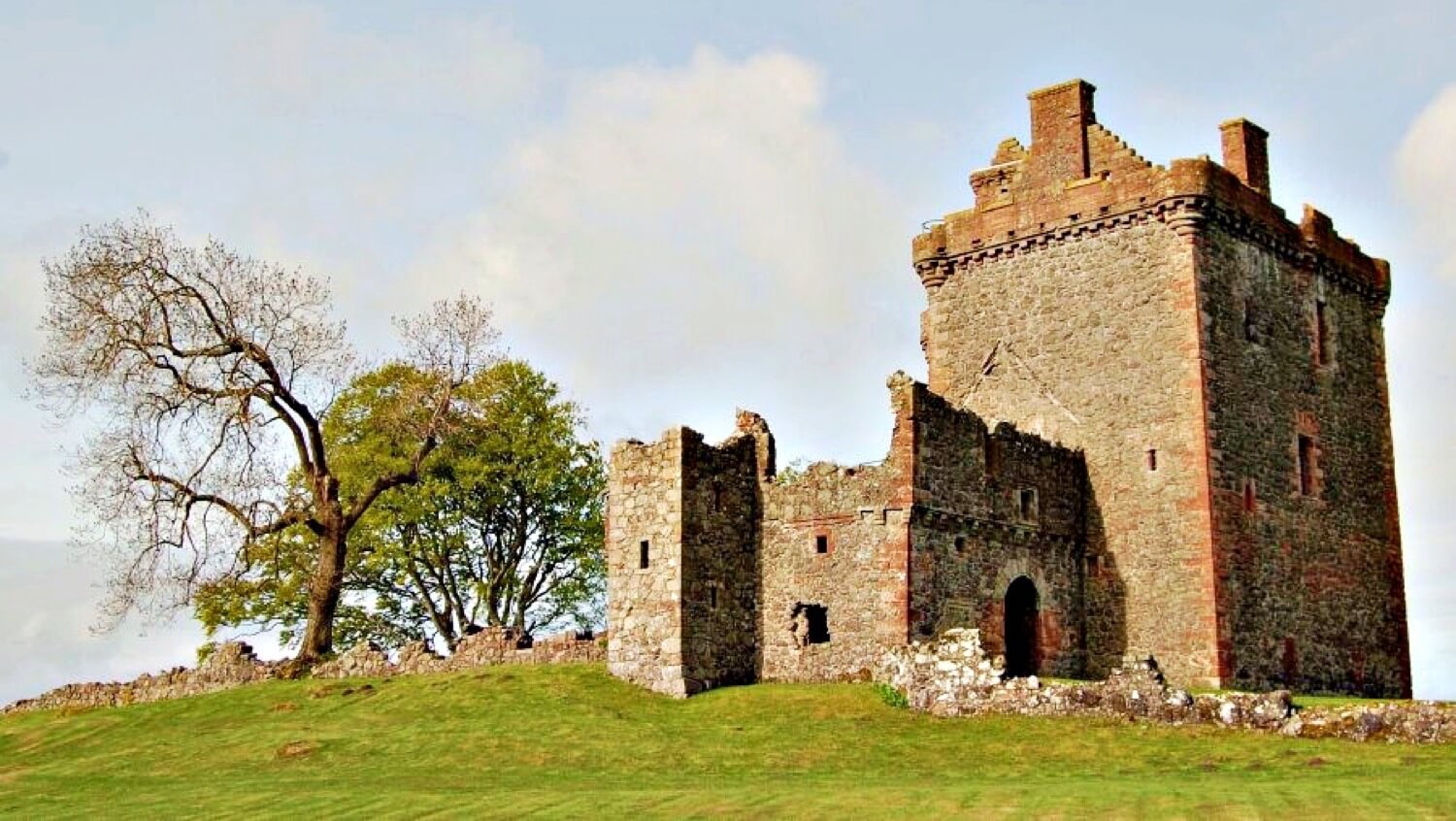
Balvaird Castle
Cupar
10.3km
castle, chateau
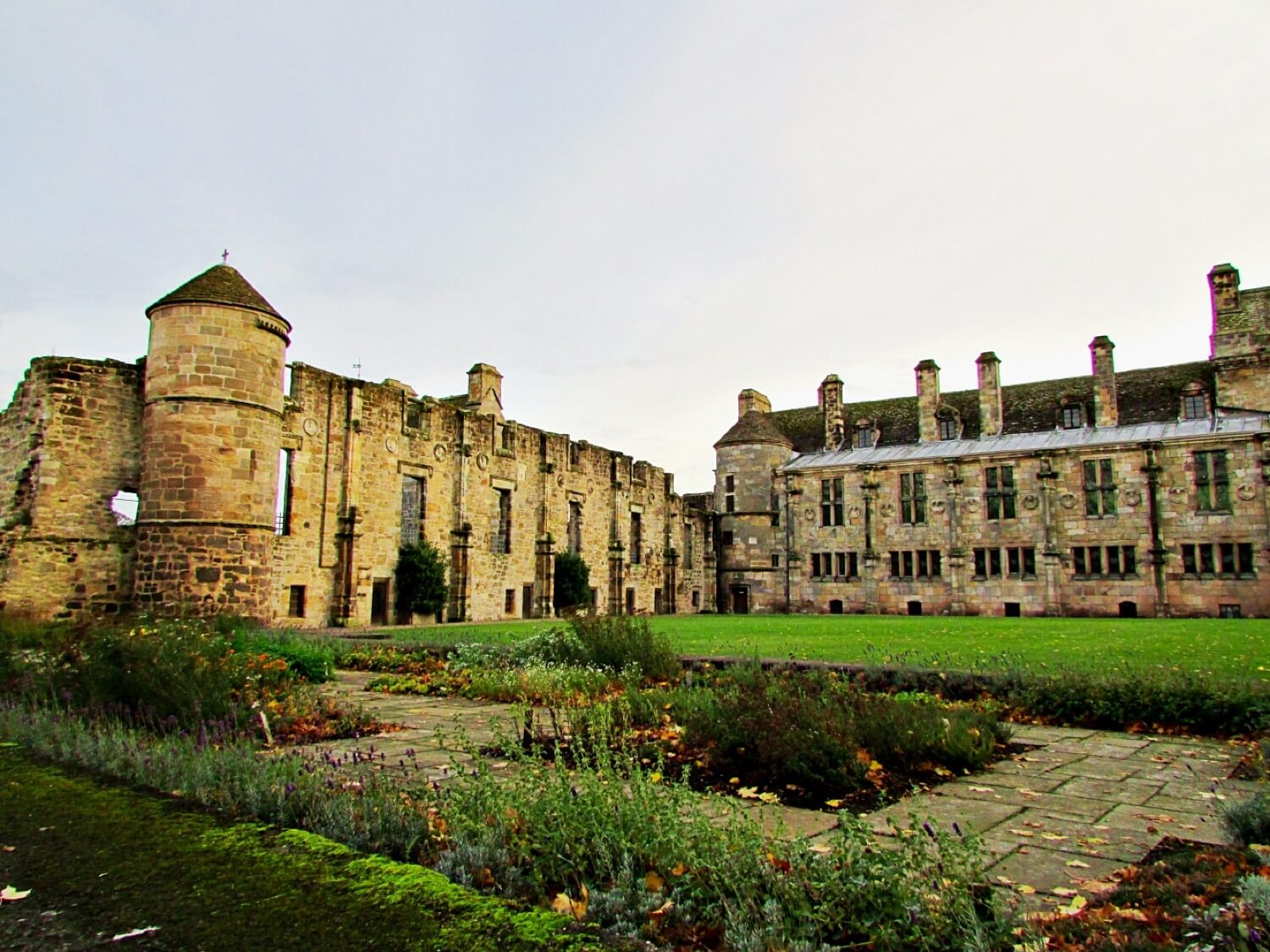
Falkland Palace
Fife
13.0km
manor, mansion
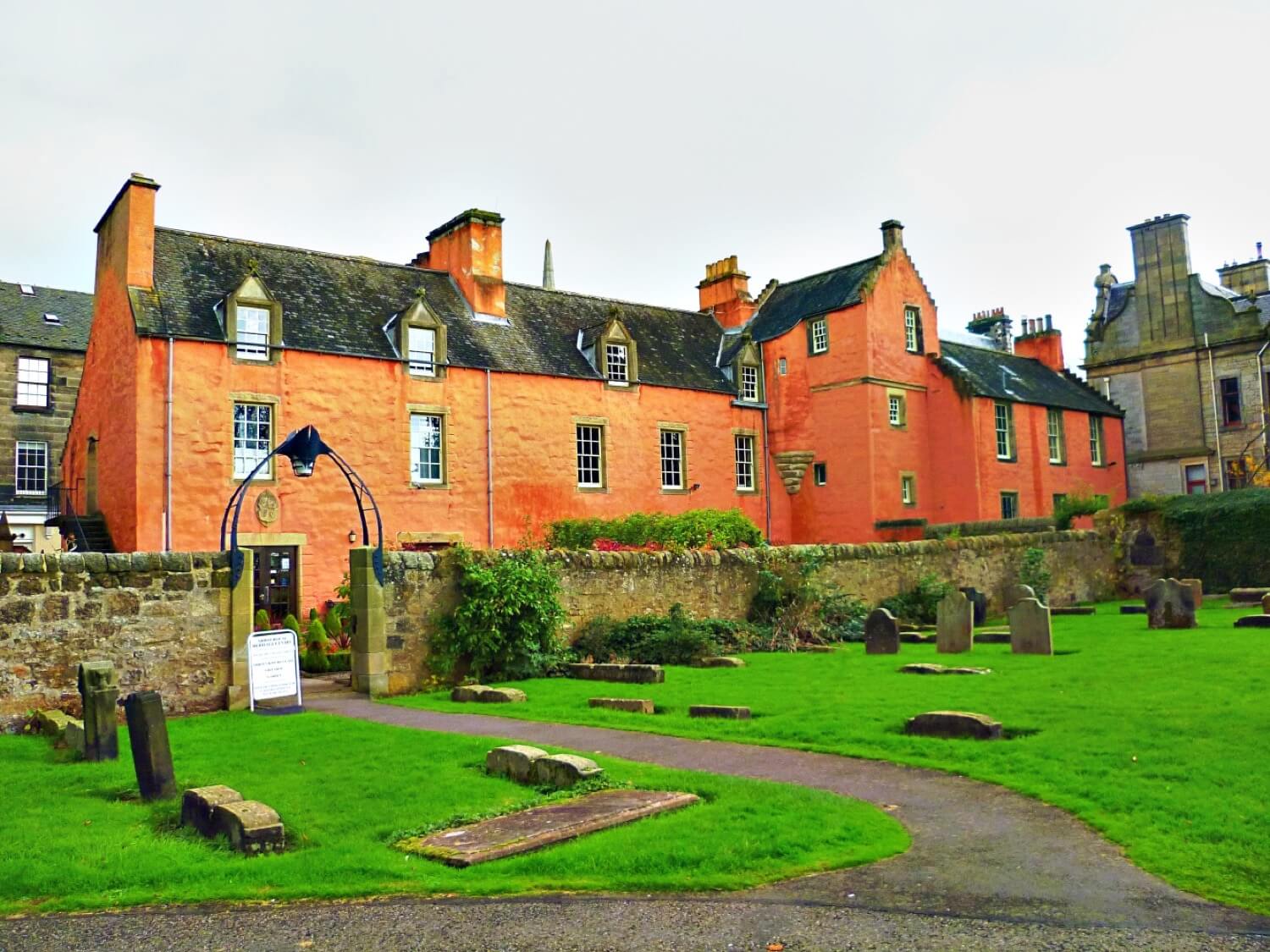
Abbot House
Fife
15.1km
castle, chateau
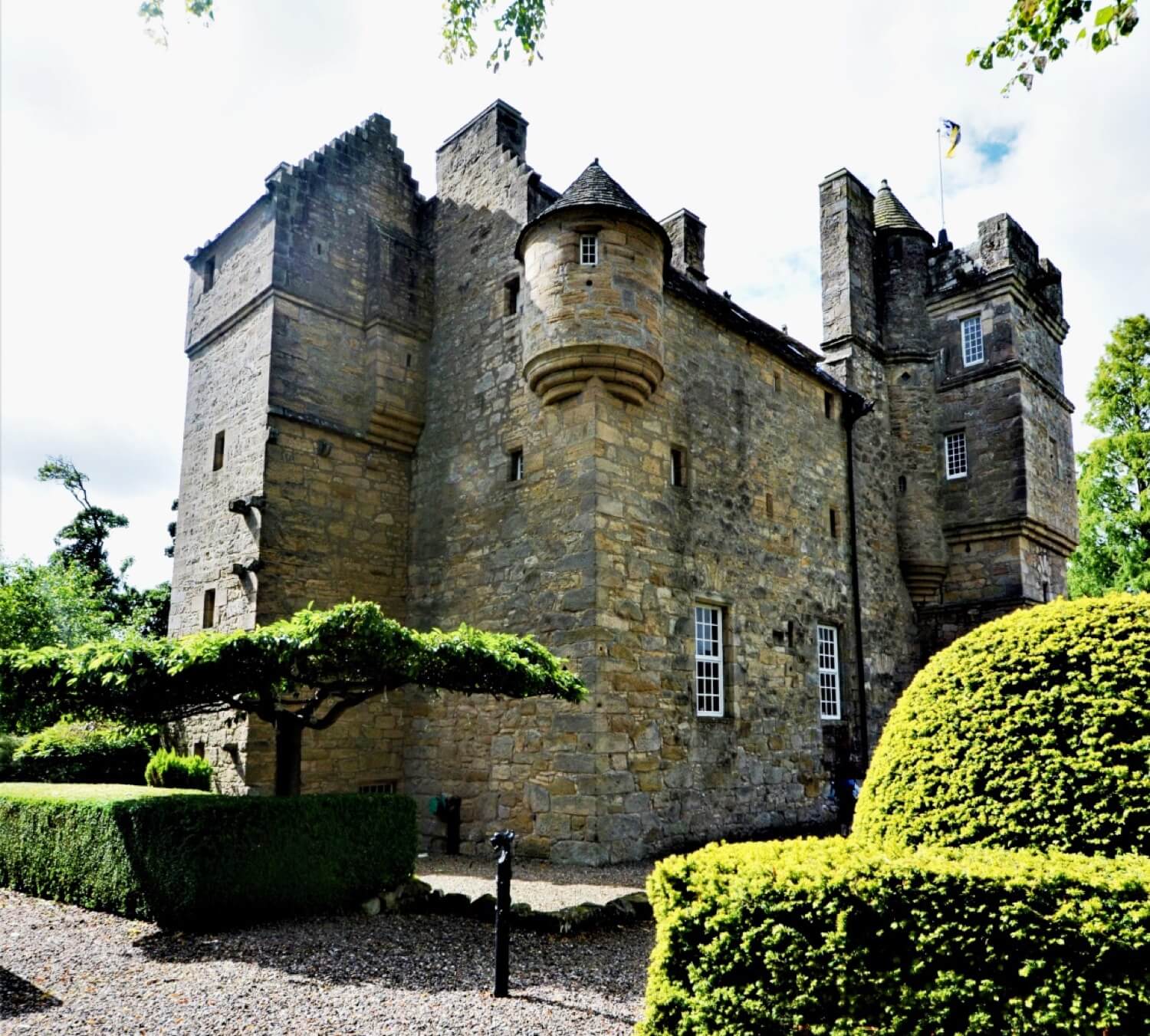
Fordell Castle
Dunfermline
16.4km
castle, chateau
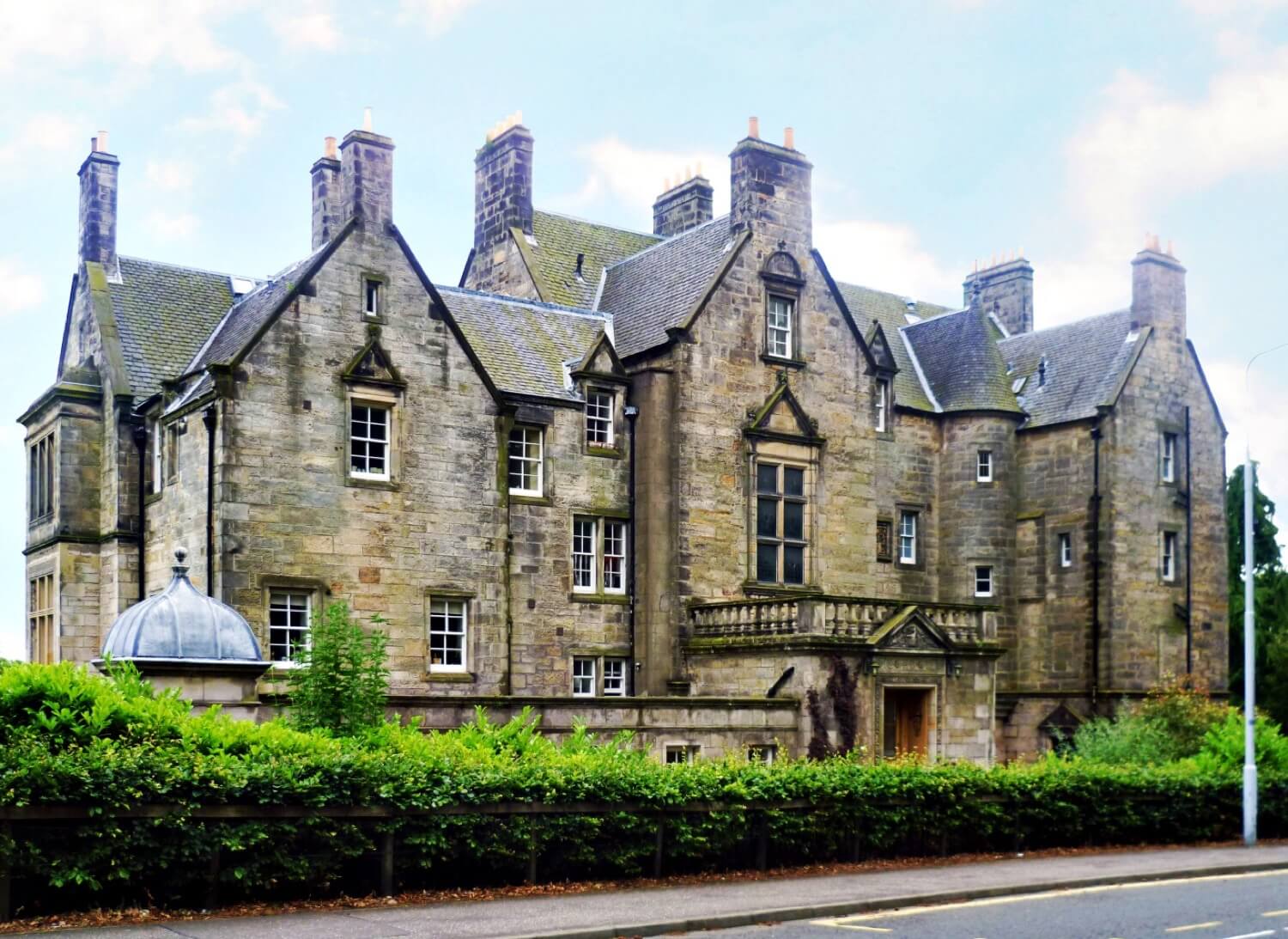
Pitreavie Castle
Fife
17.0km
castle, chateau
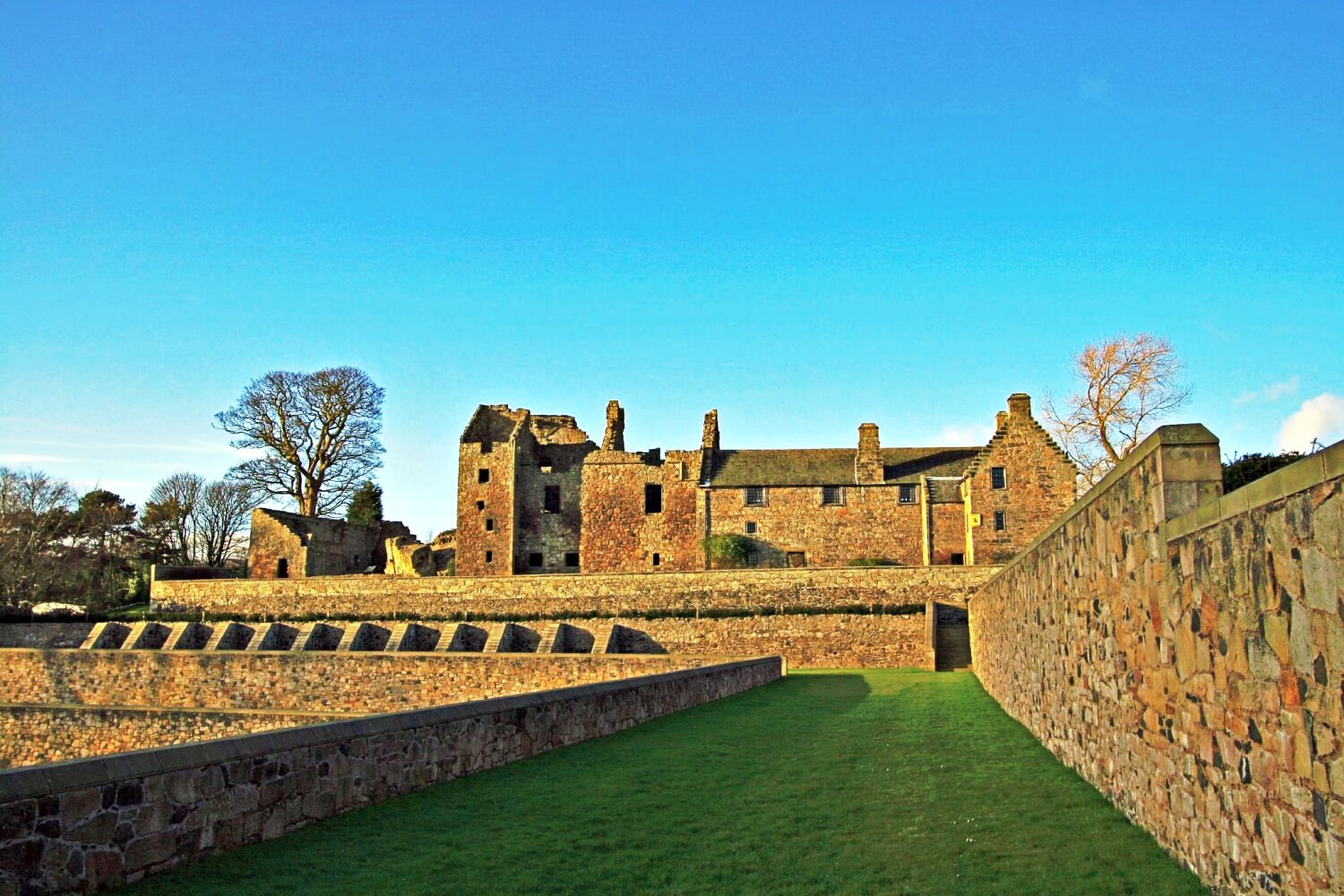
Aberdour Castle
Fife
17.2km
castle, chateau
